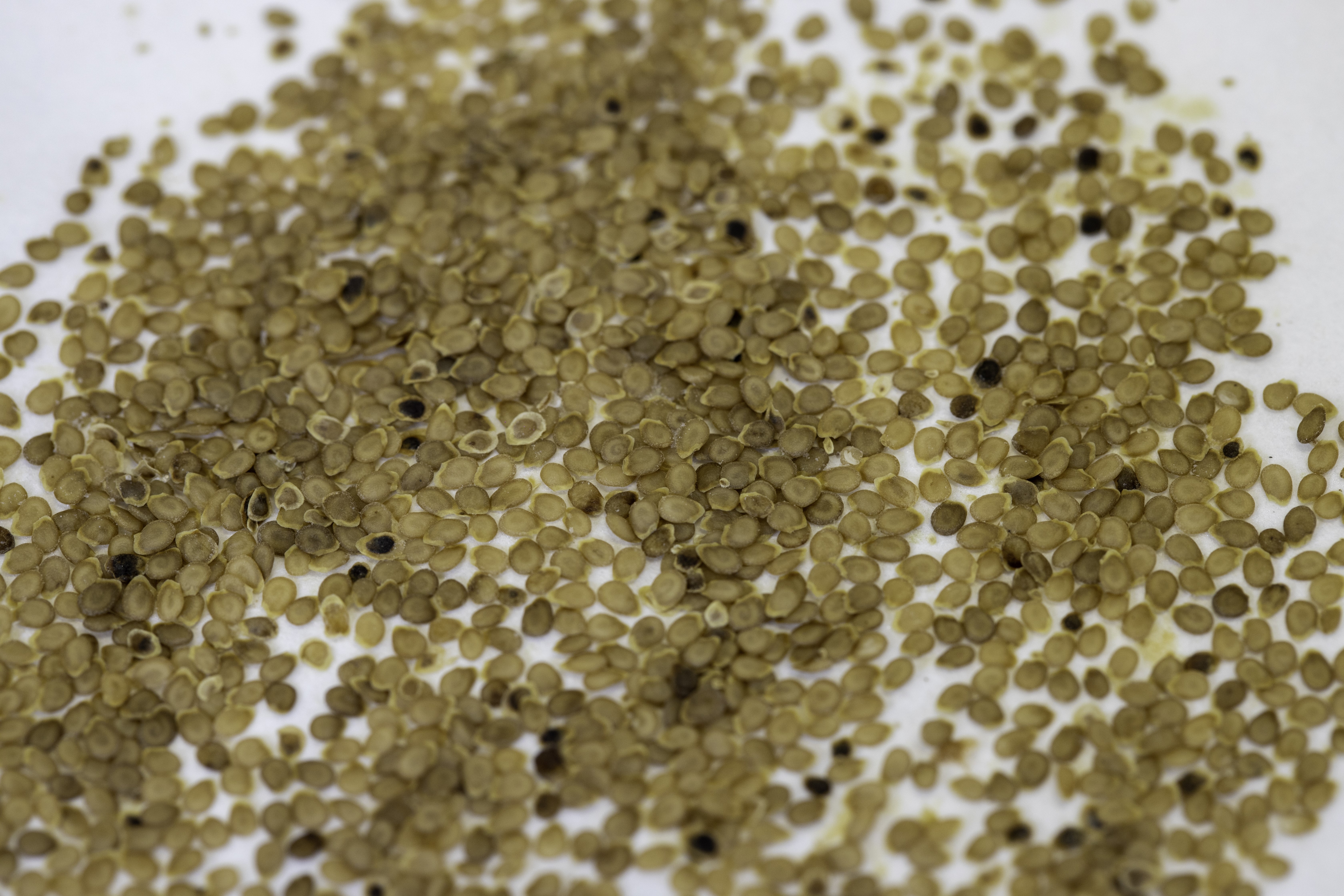Publications
Agrico Research

Developing potatoes from seed
There is a lot of discussion in the potato world about the development of potatoes from seed; in other words, the cultivation of hybrid potato varieties. True potato seed (TPS) is also a much-discussed topic. This term refers to botanical seed and not to seed potatoes. There are two different variants of TPS varieties: HIP hybrids and SIP hybrids. HIP stands for Highly Inbred Parent lines and SIP stands for Slightly Inbred Parent lines. In other words, these are hybrid potatoes from parents that are strongly inbred (HIP) or somewhat inbred (SIP).
The inbreeding procedure in breeding work
Inbreeding in plants simply means that a plant’s seeds are the result of fertilization of the flower with the plant’s own pollen. In nature, flowers are usually meant to attract pollinators such as bees and bumblebees in order to promote cross-pollination. This is preferable for most plant species. If there is no other option, for example in the absence of pollinators, plants can also make do with the seeds produced after self-pollination. However, this leads to a loss of genetic diversity. The plants that grow from the seeds resulting from self-pollination are more similar than plants resulting from cross-pollination. A fairly simple genetic mechanism means that self-fertilization causes half of the genetic diversity to disappear. This is the case with every seed generation. If plants arising from self-fertilization set seeds again by self-fertilization, a quarter of the original variety will already have vanished. After another two generations, diversity will be reduced to 6 percent of its original level, and by the tenth generation there will be nothing left of it. Therefore, after ten rounds of self-fertilization, there will no longer be any variation among the seeds obtained. They will resemble each other in the same way that identical twins do. Because of this outcome, plant breeding makes very intensive use of inbreeding procedures, thus ensuring that generation after generation of plants are pollinated with their own pollen.
F1 hybrids
Inbreeding procedures result in crop seeds from which identical offspring can be grown. These are known as pure lines, and the breeding work sometimes ends there. For example, there are pure line varieties of wheat, barley, peas and green beans. However, in many crops such as beets and most vegetables, two pure lines are first crossed and only then delivered to customers as commercial seed. These are known as F1 hybrids. These F1 hybrids are also pure lines and have a better growing power than the parent varieties. However, they cannot be regrown from seeds, because this will result in a wide variety of offspring. The lines that are always used to produce F1 hybrid seeds are called parent lines.
HIP and SIP
In HIP hybrids, the parental lines are inbred for a number of generations in order to get them completely pure. In SIP hybrids, seed is produced by crossing two slightly inbred parental lines. This means there is still genetic diversity and plants with different characteristics will also emerge, for example in terms of tuber shape, ripening or foliage color. The question is whether this crop variation will be a problem in the commercial market. SIP hybrids are expected to be of interest in the future in countries outside Europe where yields are very low due to poor quality propagation material (seed potatoes). However, it is uncertain how realistic/feasible this really is in practice. Our experiences have demonstrated that using innovative methods for the improvement of crops and farmer incomes in any country is a long-term process requiring major investments. Local propagation of high-quality seed potatoes provides a much better, faster and more affordable solution in such countries, and entails a significantly lower investment and less risk.
SIP hybrids are not complicated in terms of breeding technology. This is not about choosing the right individual, but about choosing the right cross between the slightly inbred parents.
